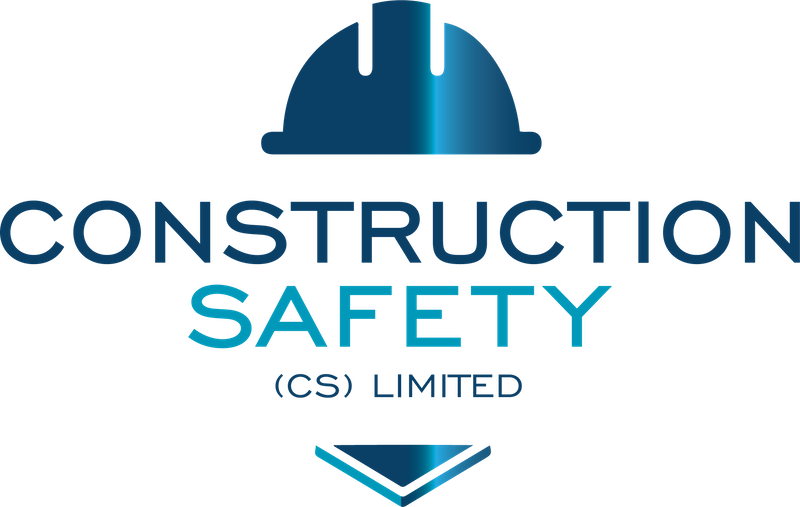The Health and Safety at Work Act 1974 (HASAWA).
The Health and Safety at Work Act came into existence almost 50 years ago. All employers must comply with The Health and Safety at Work Act 1974. The way the Act was written has enabled businesses and organisations to innovate and develop without the need to constantly change it.
The impact of the Act can be seen in the comparison of fatal injuries to employees between 1974 and 2021/2022. Figures show a staggering drop of around 90%, with 81 employee deaths reported in this latest year. Non-fatal injuries and days lost to work-related accidents also show significant reductions.
Supporting legislation
The Health and Safety at Work Act 1974 is a framework of rules designed to create a safe working environment. As a primary piece of legislation, it’s supported by subsequent legislation which looks to focus on particular work environments, activities, processes or on specific aspects of health and safety. Such as;
- Control of Substances Hazardous to Health (COSHH) 2002 – regarding the use, transport and storage of hazardous substances in relation to employee health
- Display Screen Equipment Regulations (DSE) 1992 (amended 2002) – focus on employee use of computer or DSE equipment used for work
- Manual Handling Operations Regulations 1992 (amended 2002) – designed to protect employees involved in manually moving loads during the course of their duties
- Personal Protective Equipment Enforcement Regulations (PPE) 2018 – ensure employers provide employees with PPE where the risks to health and safety cannot be otherwise protected
- Workplace (Health, Safety and Welfare) Regulations 1992 – set out the minimum requirements for safe and healthy workplaces
- Regulatory Reform (Fire Safety) Order 2005 – an order passed under the Regulatory Reform Act 2001 governing responsibility for fire safety in premises
- Reporting of Injuries, Diseases and Dangerous Occurrences Regulations (RIDDOR) 2013 – requires employers to keep accurate records and report accidents and injuries at work
Between the Act and the subsequent legislation, every employer has details of the steps they must take to keep their employees (including freelancers and contractors) and visitors safe while in the workplace. To help further guide employers there are Approved Codes of Practice (ACOPs) and Guidance Notes published by the HSE, which should be taken into account in the decision-making process.
What are the Responsibilities for You, as an, Employer
The key points of the Act are listed below. However, the Act is more detailed in its entirety.
- All employers must have a Health and Safety Policy. If you have more than five employees, this must be written down
- Management must take responsibility for ensuring the Policy is followed, through working procedures designed to protect everyone
- Employers must appoint a competent person to meet their health and safety duties
- Risk assessments and inspections must be regularly carried out on premises, equipment and processes
- Employers must provide a workplace that is safe to work in, and a safe system of work (including all relevant training and Health and Safety Awareness training)
- Employees must be provided with adequate facilities for their welfare, such as drinking water, toilets and first-aid supplies
- Employees must be properly informed about workplace hazards, and provided with adequate training, supervision and instruction. Any training must be provided free of charge and during working hours. (Many companies can provide this training for employees, often with the courses available online)
What are your Employees’ responsibilities
- Following and adhering to the training provided by an employer
- Taking reasonable care of their own and other people’s health and safety in the workplace
- Reporting all incidents and concerns to a responsible person
- Working with the employer to create a safe working environment
Reasonably practicable
One thing to bear in mind is that the key to your duties as an employer hinges on the fact that any measures you take must be ‘reasonably practicable’. This qualifier means the steps you take will be specific to your workplace rather than defined in the Act itself.
This enables employers to assess and evaluate the risks and the costs (in time, trouble or actual cost) to eliminate or control the risk to an acceptable level. For example, it might be impossible to remove all risks from the workplace or prohibitively expensive, but it would be ‘reasonably practicable’ to train employees and ensure risks are regularly assessed and evaluated.
Enforcing the act
The HSE is responsible for regulating and enforcing health and safety legislation.
As a general rule, the HSE conducts inspections and enforcement in construction and engineering organisations, whilst the Local Authority Environmental Health Officer would do the same for offices, hotels and shops.
In order to ensure compliance, these bodies are granted a range of powers
- Which enable them to enter and inspect a site unannounced and:
- Investigate and check potential breaches
- Inspect documents and make copies
- Dismantle and remove equipment
- Take samples of substances
- Seek assistance from staff, enforcement agencies and the police
- Question employees and employers under caution
The penalties for non-compliance range from Prohibition and Improvement notices through to fines and imprisonment in serious cases.
Changing perspective
When it was first introduced in 1974, it was commonly regarded as a series of hoops to jump through in order to avoid prosecution, rather than as a way to protect people as they went about their work.
Over the years the aims of the Act have been understood and a significant change has occurred. Most employers understand that keeping employees safe is not only the right thing to do, but it’s good for business too. A safe, well-maintained work environment not only creates a much better place to work, but also helps to attract the best talent to work in it.
